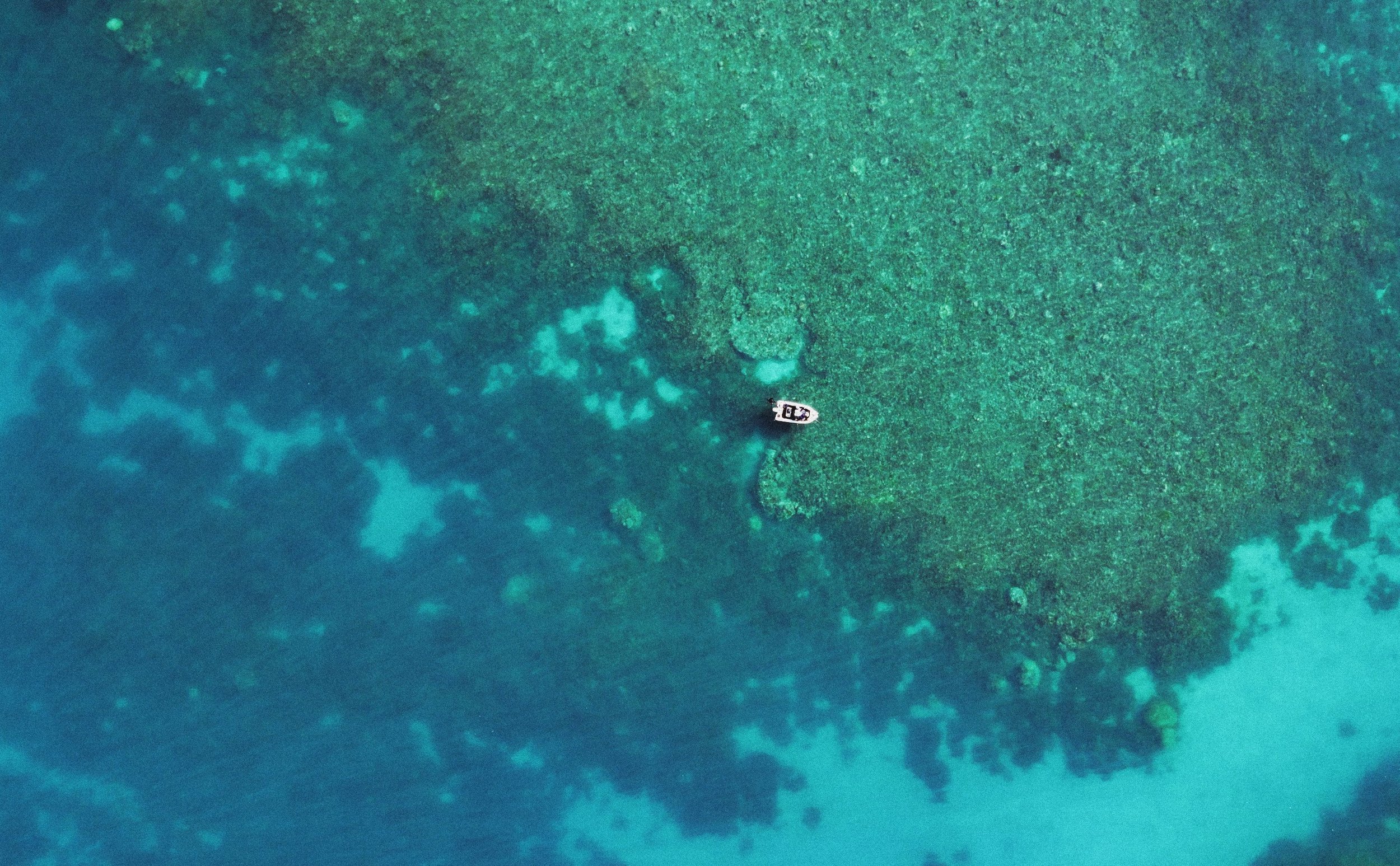
Attractions
There’s plenty to see and do at Pajinka, the Tip end of Australia, and we think it’s the best part of the country. Below are some of the highlights we recommend for every traveller visiting Bamaga Motel. We can assist you in organising private tours to these places, or offer you a friendly point in the right direction if you’d prefer to explore on your own terms.
pajinka –The Tip
The jagged point of the Australian mainland is an amazing location to view the surrounding Torres Strait Islands, all 50 shades of blue water and an assortment of much-loved marine stars including dolphins, turtles and colourful fish.
A selfie beside the iconic sign at Pajinka is a must-do for visitors, but please be respectful of the Traditional lands owned by the Gudang Yadhaykenu people when visiting the area.
Getting to Pajinka is a 45-minute drive from Bamaga over the red dirt to Frangipani Bay with three roads to choose from. The first is directly up and over the rock face; the second, which can only be reached at low tide, involves a walk along the beach past the mangroves; and the third sees you walking the high side of the mangroves. Please note a certain degree of fitness is needed.
If you can’t do it yourself, we offer day trips to Pajinka that also visit plane wreckages and Somerset Beach. Click here to find out more
WWII Relics
As the most northerly part of Australia, Cape York played a vital role in the country’s World War II defence. Relics include a radar station and plane wreckages. Just outside Bamaga, visitors can see a DC-3 wreckage from WWII as well as a Beaufort Bomber just a little further up the road.
Somerset
Somerset was the first Cape York administration centre, prior to being relocated to Thursday Island. It then became the home of the original Jardine family station where its family graves can still be seen - the historic site is on the Queensland Heritage Register. The Jardine brothers left a dark legacy in the Northern Peninsula region, having been responsible for a significant number of deaths among the region’s Indigenous population.
A short stroll north will take you to caves featuring Aboriginal rock art paintings. Please take care when visiting these ancient works and try not to disturb the bats.
Mutee Head
Mutee Head is a scenic camping area on the water’s edge, around 35 kilometres from the Jardine River Ferry. It’s a laid-back spot, and while you can string up a hammock or drop a line in the water, you can also uncover a slice of the region’s WWII history here, too.
Atop the western head sits the old WWII radar installation, and from here you can see the remains of the old jetty in the water. In the area you’ll also find the first graves of settlers from Saibai Island, who relocated to Bamaga during the 1940s and 50s.
Thursday and Friday Islands
Thursday Island was once the centre of the Torres Strait pearling industry, but over time, this industry has diminished and Thursday Island’s focus is now on tourism and the crayfish industry. Other attractions worth seeing include Green Hill Fort, which once protected the island, and the Gab Titui Cultural Centre, which houses historical artefacts and contemporary Aboriginal art. On Friday Island you can visit an operational pearl farm at Kazu Pearls, which offers short hosted tours.
Want to explore more?
If you’re looking to learn more about Bamaga and the Cape York region, we highly recommend Explore Cape York, which is written by a Bamaga local.





